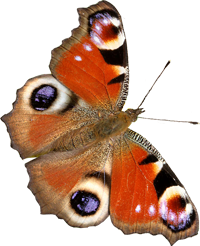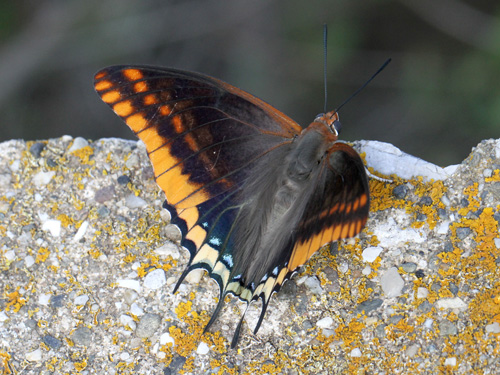
Gibraltar, October 2014
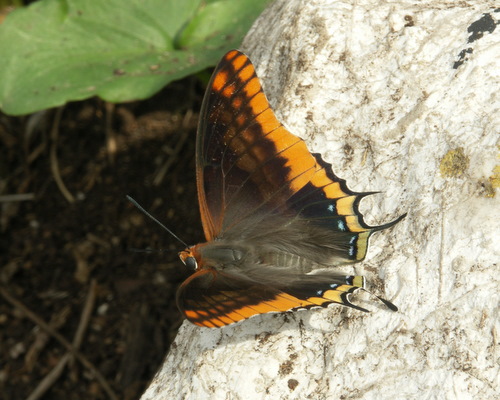
Gibraltar, October 2005
Field notes and information
A spectacular species in form and behaviour.
The butterfly can be attracted to bait, see photos. I used an old banana and some very cheap wine which I left in a jam jar in direct sunshine for a day. This "cooked" the juices which these butterflies found irresistible. Unfortunately it was very windy so I don't think my bait was as effective as it would be on a still day. They are also attracted to dung (see photo - the smell here was hideous but I got my video anyway) and rotting flesh.
Photos of this species are frequently sent to me for identification by people who have shared their alcoholic drink with it while sitting on the terrace or at the beach bar.
Identification & Similar species: An unmistakable species.
Distribution & Flight: Usually at low levels amongst hills in Mediterranean France, Portugal and neighbouring Spain, most Mediterranean islands from the Balearics to Cyprus, Greece and Italy and coastal Balkans. North Africa where it is predominantly coastal but can also be found well inland. I've found it at 2200m a in the Middle Atlas mountains, but only single specimens. I've no idea where their colonies could be!
Double brooded, flying May/June and August/October. Flying in good condition on Gibraltar on 31st October 2005, so presumably in places it can be found outside the given flight times.
Habitat & Behaviour: Wooded hillsides with plenty of larval food plants, the strawberry tree, Arbutus unedo. Can wander and be found in town centres, hotel gardens etc. well away from the foodplants.
They are usually seen zooming very fast around the foodplant strawberry trees and other bushes. However in certain places, such as passes, ridges, tracks or other open areas they may congregate. Here they may well form territories which they will defend against all comers, including lepidopterists! Females can be observed at about head height fluttering amongst the branches of a strawberry tree looking for egg laying sites. This is usually at the centre and on top of the leaf. The egg is large and fairly easily found.
The larvae are distinctive. They are green and have fearsome dinosaur like heads - 4 spikes pointing backwards. They rest on a silk pad on their chosen leaf and will return here after feeding on other leaves nearby.
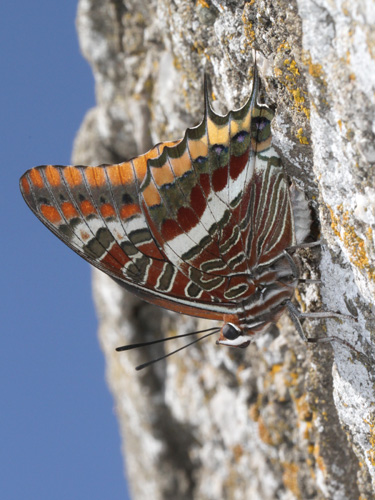
Gibraltar, October 2014
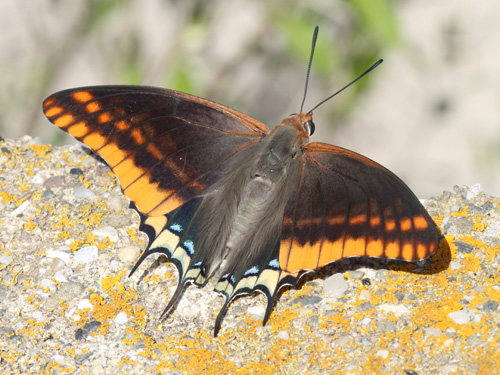
Gibraltar, October 2014
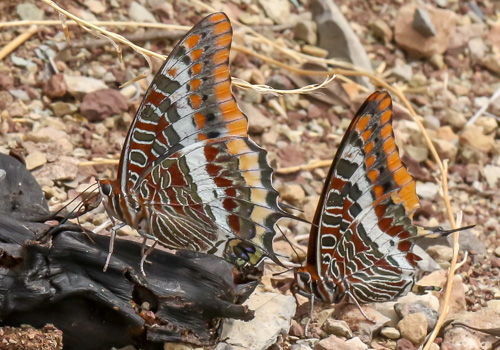
Anti-Atlas, Morocco, March 2022
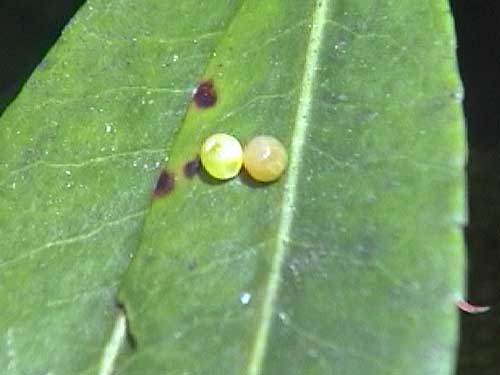
Provence, France, August 2003
Eggs on upperside of strawberry tree Arbutus unedo leaf - the flood plant.
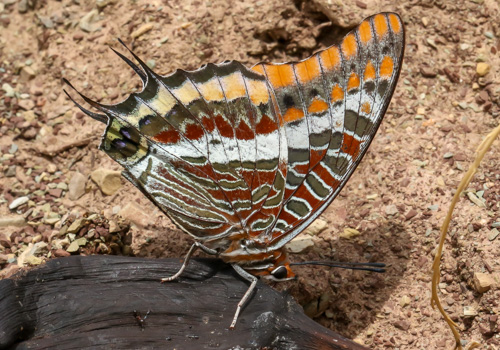
Anti-Atlas, Morocco, March 2022
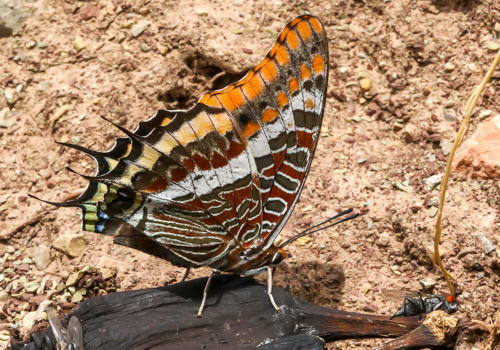
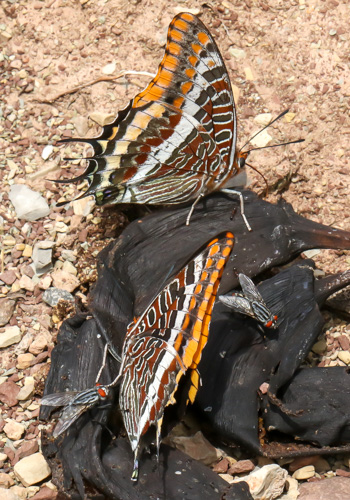
Anti-Atlas, Morocco, March 2022
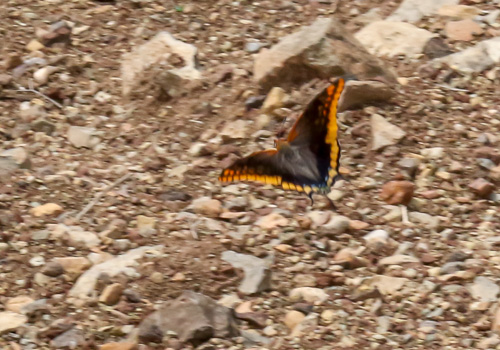
Anti-Atlas, Morocco, March 2022
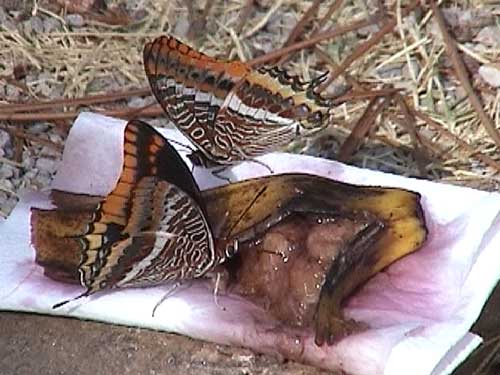
Provence, France, August 2003
Feeding on a pre-prepared bait based on bananas and wine.
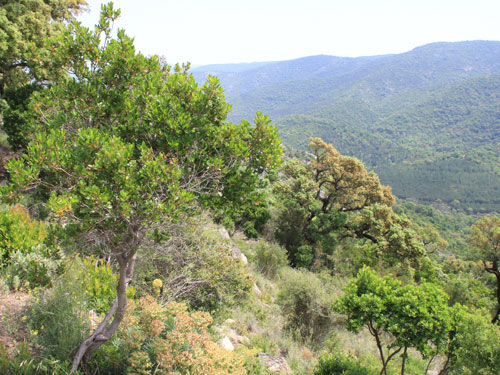
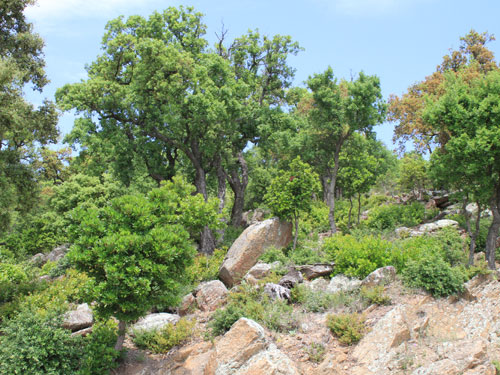
Var, France, May 2012
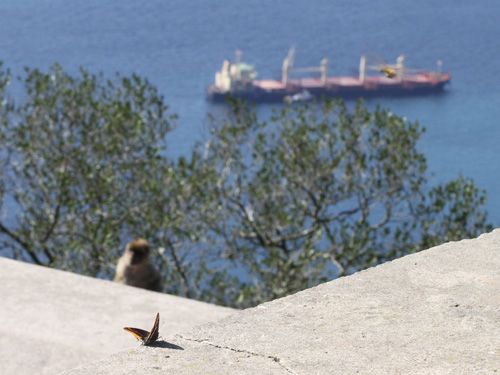
Gibraltar, October 2014
With a resident Barbary ape.
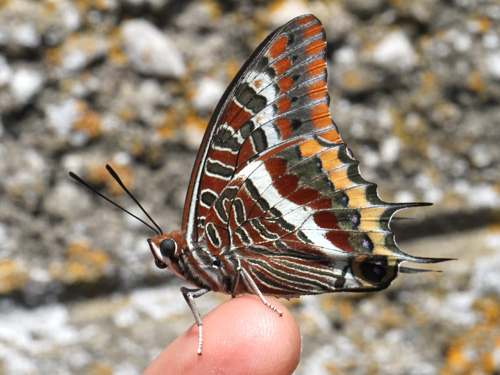
Gibraltar, October 2014
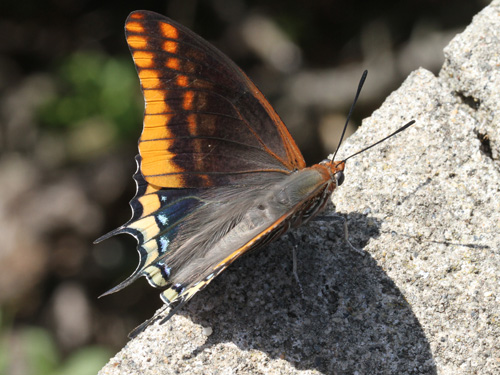
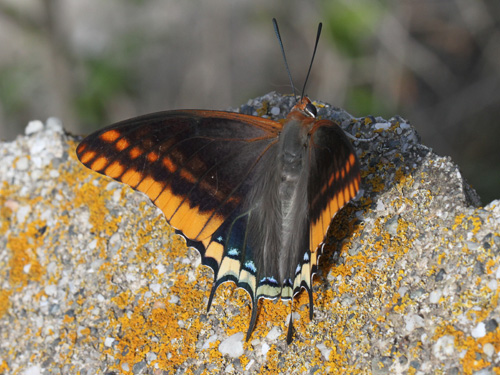
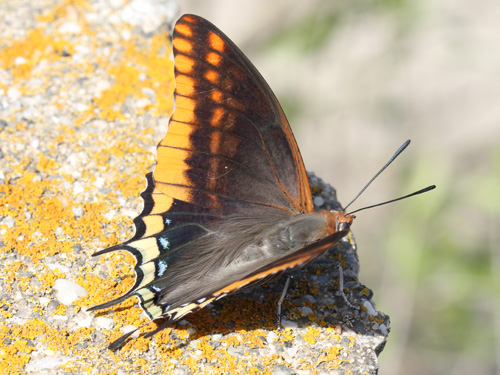
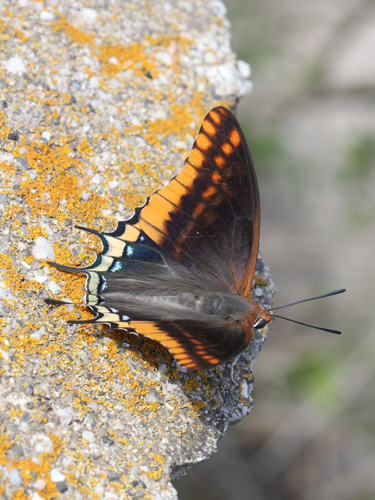
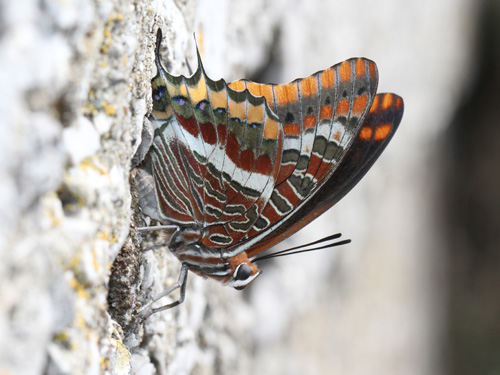
Gibraltar, October 2014
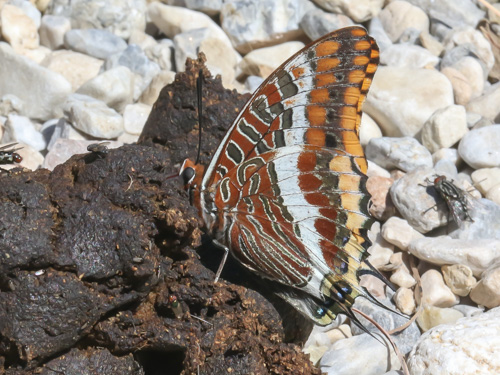
Malaga, Spain, May 2019
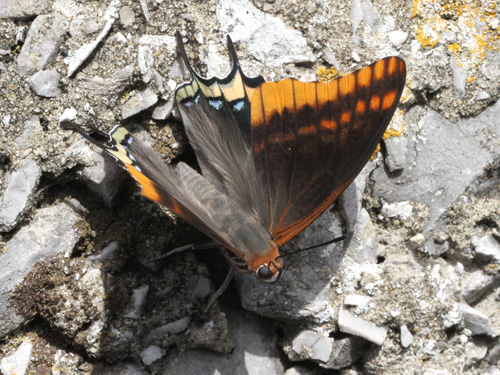
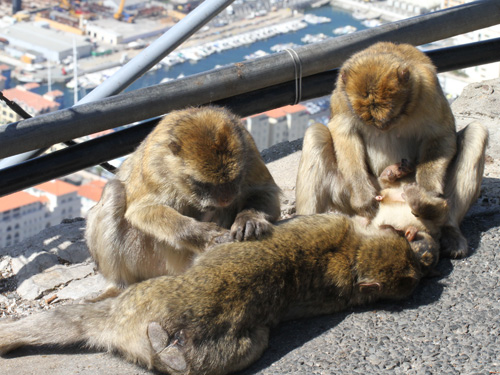
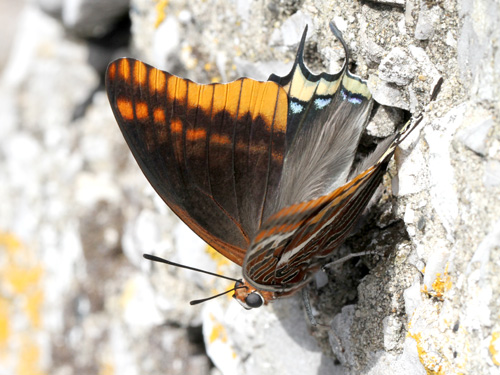
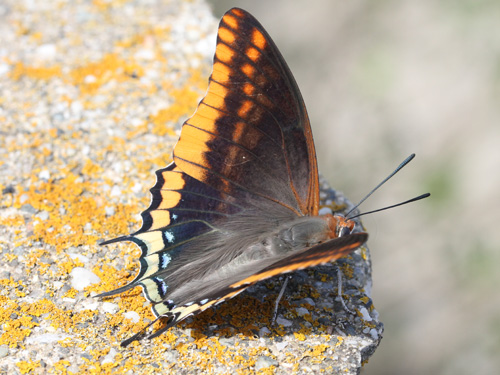
Gibraltar, October 2014
